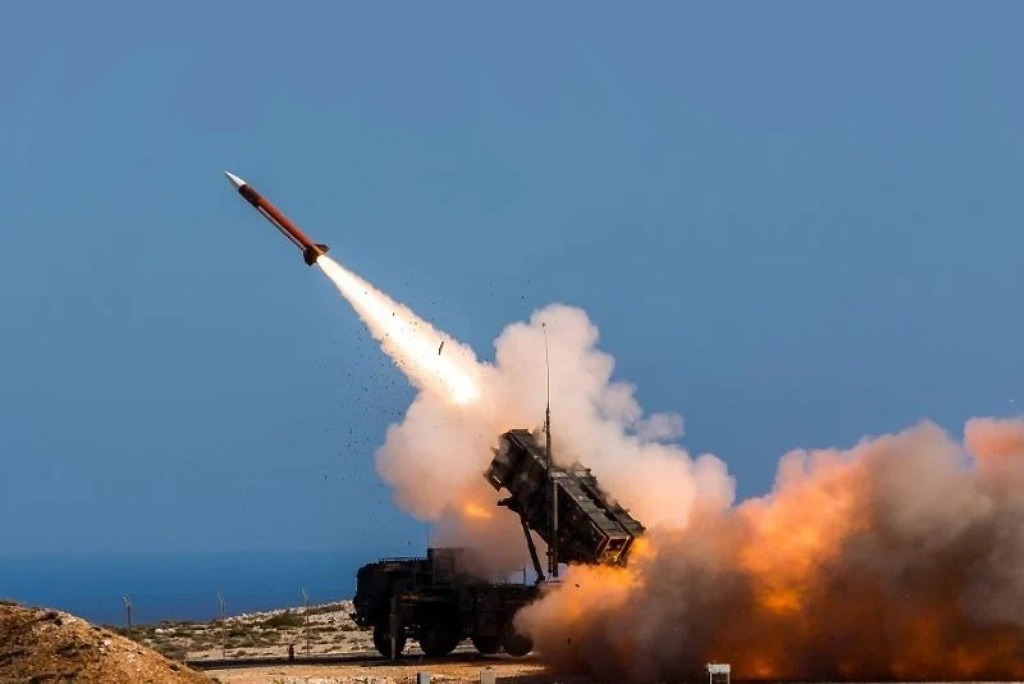Japan’s Increasing Military Vigilance: A Response to Rising Chinese and Russian Activity
In recent years, Japan has found itself on high alert as tensions in its regional airspace escalate, particularly involving incursions by foreign military aircraft. According to Japan’s military, a staggering 704 fighter jet scrambles to intercept foreign aircraft occurred in the financial year concluding on March 31. This marks a significant uptick in military readiness and response, especially as neighboring nations ramp up their military activities.
Rising Scrambles: The Numbers Tell the Story
Of the 704 scrambles, a notable 66 percent, or 464 interceptions, were directed towards aircraft and drones suspected to be from China. This figure slightly reduced from 479 in the previous year, but it nonetheless emphasizes a persistent trend of airborne tensions between Japan and China. Notably, the number of Chinese drones identified increased sharply to 30 from just nine the year prior. This increase signals an escalation in China’s aerial presence, which Japan’s military is keenly monitoring.
Moreover, Russian military activity has also surged, with 237 interceptions attributable to Russian aircraft—a significant rise from the previous year’s count of 174. The geographical distribution of these incursions primarily includes the airspace around Taiwan and the nearby Japanese region of Okinawa. This is indicative of a broader strategy by both nations that asserts their military capabilities while testing the resolve of Japanese defenses.
Joint Military Exercises and Regional Implications
This uptick in military activity is not only confined to the air; it extends to naval maneuvers as well. Russia and China conducted joint military drills in the Sea of Japan in September, described by Russian President Vladimir Putin as the largest exercise of its kind in three decades. Such actions serve as demonstrations of power, not just towards Japan but within the context of broader geopolitical dynamics in the Asia-Pacific region.
The presence of Chinese military flights around Taiwan raises alarms, as Beijing has been increasingly assertive regarding its sovereignty claims over Taiwan. Analysts interpret these military displays as potential precursors to more aggressive actions, culminating in what might be deemed preparations for an invasion.
Violations of Airspace: A New Era of Tension
August marked a notable incident when a Chinese military aircraft violated Japan’s airspace near Kyushu. This unprecedented incursion indicated a worrying escalation in China’s approach towards Japan, further justifying Japan’s military responses. In September, for the first time, a Japanese jet was reportedly compelled to fire a signal flare to deter a Russian aircraft that flew into Japan’s territorial airspace off Hokkaido, a clear indicator of rising confrontations in previously understood boundaries.
Japan’s military maneuvers and quick responses to these violations underline a significant shift in defense strategy. These developments highlight a readiness to confront perceived threats, illustrating Japan’s commitment to safeguarding its territorial airspace against foreign incursions.
Supporting Ukraine: Japan’s Defensive Alliances and Initiatives
Japan’s readiness to respond militarily extends beyond its own borders. In light of the ongoing conflict in Ukraine, Japan has provided critical financial and material support to Ukraine while imposing sanctions against Russian individuals and organizations. This support falls in line with Japan’s broader strategy of ensuring regional stability amid rising global tensions.
Further enhancing its defensive posture, Japan recently announced that the U.S. military will deploy long-range surveillance drones in Okinawa to bolster intelligence-gathering capabilities in the region. This initiative reflects Japan’s strategic partnership with the United States and aims to enhance regional security against the backdrop of growing military assertiveness from both China and Russia.
Conclusion: A Nation on Guard
Japan’s military responses to foreign aerial incursions underscore a significant evolution in its defense posture amidst rising tensions in East Asia. The increasing frequency of military scrambles and the strategic partnerships with allies serve as both a deterrent and a statement of Japan’s commitment to maintaining its sovereignty and regional peace amid burgeoning threats from its neighbors. The developments within Japan’s military over the past year mark a pivotal chapter in the nation’s defense strategy and its evolving role on the global stage.





